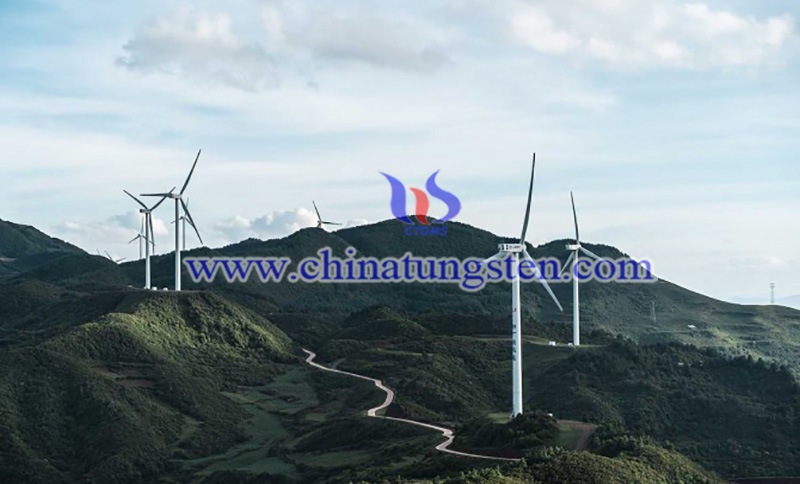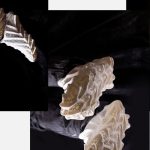China’s Rare Earth Center Launches Subsidies to Fix Industry’s Achilles Heel
- Details
- Category: tungsten‘s News
- Published on Friday, 30 July 2021 13:45
Last month, Baotou, Inner Mongolia, China's rare earth center, formally implemented a series of new measures, such as massive subsidies to promote the "high-quality" development of the local rare earth industry.
"High quality" is the top priority. Although our country now dominates global rare earth production, its rare earth industry has lingering strategic weaknesses. It has always played a major role in the upstream and midstream areas of mining and processing, but it is not as good as other developed countries in the high-tech and lucrative downstream areas. Therefore, Chinese rare earth companies cannot fully maximize their profits, due to relatively few high-end rare earth products.
Rare earth metals contain 17 kinds of metals, which are essential to the production of various electronic products that drive the global economy, including electric cars, wind turbines, smartphones, and military equipment.
The Baotou government’s new measures aim to address some weaknesses. A number of tax incentives and subsidies are being adopted to attract investment in the rare earth industry.
Singapore company Ginger International Trade and Investment focuses on rare earth supply chain management. Its director Thomas Krümmer said that these subsidies and incentives are aimed at solving urgent structural problems in Chinese rare earth industry.

Basically, China has accumulated some rare earths which are in low demand, so their selling prices are lower. This is because rare earth ore usually contains almost all 17 rare earth elements. But not all rare earth elements are as precious as the few elements used to make rare earth permanent magnets. Therefore, he explained that these low-value by-products are left by the miners, and the returns brought by these by-products are very low.
"The demand for individual rare earth elements has always been out of proportion to the output of rare earth elements," Krummer said. "In the history of rare earths, you can find out which element was 'popular' in which period by looking at the price development. "
For example, the Bayan Obo mine, located in the north of Baotou, is one of the largest rare earth deposits in the world and belongs to the state-owned Baogang Group. However, the composition of the deposit suggests that more than three-quarters of the rare earth elements are light rare earth cerium and lanthanum, which are mainly used in oil refining equipment and catalytic converters of internal combustion engine vehicles. The proportion of neodymium and praseodymium used in permanent magnets is relatively small.
In March of this year, Chinese Minister of Industry and Information Technology Xiao Yaqing pointed out that certain rare earth prices were low: "Our rare earths are not sold at a rare price, but at an earth price …Because of bidding, precious resources were wasted.” Earlier this month, the ministry stated that it would expedite the introduction of legislation aimed at strengthening the regulation of the rare earth industry while enhancing competitiveness.
The by-product problem is an issue that executives and government officials are discussing urgently. At the rare earth supply chain conference held in April this year, industry experts pointed out that the overcapacity of lanthanum and cerium has seriously hindered the overall development of Chinese rare earth industry.
Experts said that one of the reasons for the surplus of by-products is the lack of advanced technical capabilities, the inability to deep-process lanthanum and cerium in the midstream sector, and the inability to convert them into higher-priced products. At the same time, downstream enterprises have relatively insufficient demand for processing lanthanum and cerium. If the shortcomings in these two aspects are resolved, it will help the entire rare earth industry chain and strengthen the midstream and downstream sectors.
The energy transition may also present opportunities for its rare earth industry. As the country aims to peak carbon emissions by 2030 and to be carbon neutral by 2060, hydrogen is slated to be play a larger role in the overall energy mix. That will in turn require hydrogen storage, for which China’s rare earth center is currently developing a rare earth alloy electrode that uses lanthanum and cerium as inputs.
- < Prev
- Next >
Link to this article:China's Rare Earth Center Launches Subsidies to Fix Industry’s Achilles Heel
Reprint Statement: If there are no special instructions, all articles on this site are original. Please indicate the source for reprinting:Tungusten,Thanks!^^

